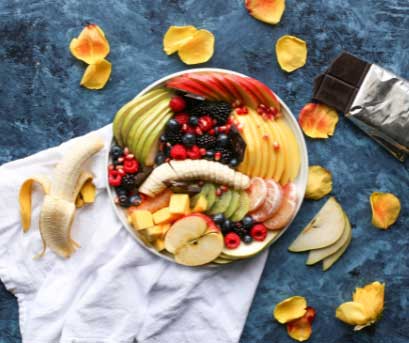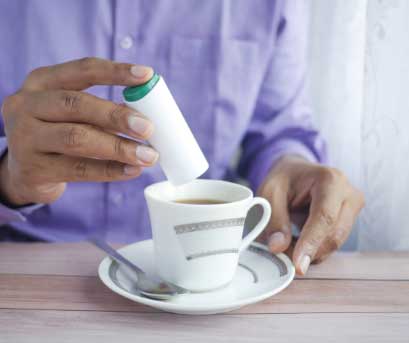You have showered, soaped up, sprayed yourself with perfume, put your make-up on, and you feel as clean as possible …
You may look wonderful, but what’s going on inside your body? You have just covered yourselves with an unknown number of chemicals (whose effect is not always clear).
Every day our body is exposed to between dozens and hundreds of different chemicals and pollutants from various sources. Apart from everything in the air we breathe, and in the food we eat, there is a goodly quantity of lead that we have painted on our lips, maybe a little arsenic in the eyeshadow…
The list of hazardous or potentially hazardous ingredients in our home cleaning and grooming products is pretty insane, and unfortunately there is no requirement for cosmetics companies to check the ingredients for long-term safety before marketing.
Keeping in mind that our skin can absorb up to 60% of the chemicals present in the common cosmetics we use on a daily basis – this means that widespread use of traditional cosmetics can lead to a serious chemical buildup in our body. This accumulation can produce severe side effects and eventually cause many health problems.
Children are exposed to about 61 different components every day. Men are exposed to around 85, and women may be exposed to about 168 different components. Who knows what their effects are on their own, and certainly no one knows about the combined effects of all these components. To avoid this, we need to move towards using products of a safer source, such as natural cosmetic products.
It is true that not all exposure, and not all components will damage our health, but there are some that are really worth avoiding!
Many cosmetics and toiletries use synthetic oils, such as parabens, and mineral oil, popular in the cosmetics industry, that are by-products of the petrochemical industry, which is also largely responsible for environmental pollution.
What are these substances and what can they cause? Here are some examples …
Formaldehyde and formaldehyde-releasing preservatives:
Apart from preserving dead bodies, unfortunately formaldehyde is found in a number of substances used by living bodies … nail polishes, adhesives, hair gels and straighteners among others, as well as baby shampoos, soaps and body washes. You can find these materials under the names:
quaternium-15, dimethyl-dimethyl (DMDM) hydantoin, imidazolidinyl urea, diazolidinyl urea
1,4-dioxane
This is considered by the EPA to be a “probable human carcinogen” and is found in almost a quarter of existing products. If you want to avoid this substance, you must use organic products.
Parabens
Today, there is more awareness of parabens and it’s getting easier and easier to find soaps that have “paraben-free” labels on them. Parabens are chemicals that have a particular antimicrobial activity, which prolong the shelf life of the products. A link has been demonstrated between the use of parabens and cancer, hormonal disorders, infertility disorders, immune system disorders, neurotoxicity and skin problems.
Aluminium
Aluminium is one of the basic components in almost every deodorant. For years I have been going out of my way to find natural deodorants, not only because of the aluminium (which is linked to diseases such as dementia and Alzheimer’s, among others), but also because the synthetic deodorants on the market are almost all antiperspirant, meaning they prevent sweating. True, no one wants to be caught with sweat marks outside the gym, but the truth is that when we sweat we allow our body to excrete toxins that we really do not want inside the body (among other things, toxic metals like aluminium), and when we prevent this process we trap the toxins inside the body.
By the way, if you are wondering, after the in-depth research I did on the subject (which included buying every natural deodorant I found and testing it last summer) I can say that the biggest success, the one that saw me through an entire summer, was Schmidt’s deodorant.
It’s true that it can be maddening to take a magnifying glass to the ingredient lists on every shampoo, soap or eyeliner we buy (especially with makeup, where you can almost never find an ingredient list). But there are simple things it is worth doing. Look for the “paraben-free” label on the products you choose. Avoid those that contain SLS and 1,4-dioxane. If you really want to invest, buy products from companies that boast of only natural materials or are handmade.
I cannot say that exposure to chemicals can be avoided one hundred percent. This is completely unrealistic in the world we live in. However, I prefer to know what I am exposed to and in what quantities, and to adjust my lifestyle accordingly.
And if you really want to know what each ingredient does, take your shampoo for a test on this site:



Your post emphasizes the importance of best skin care products, Thanks!